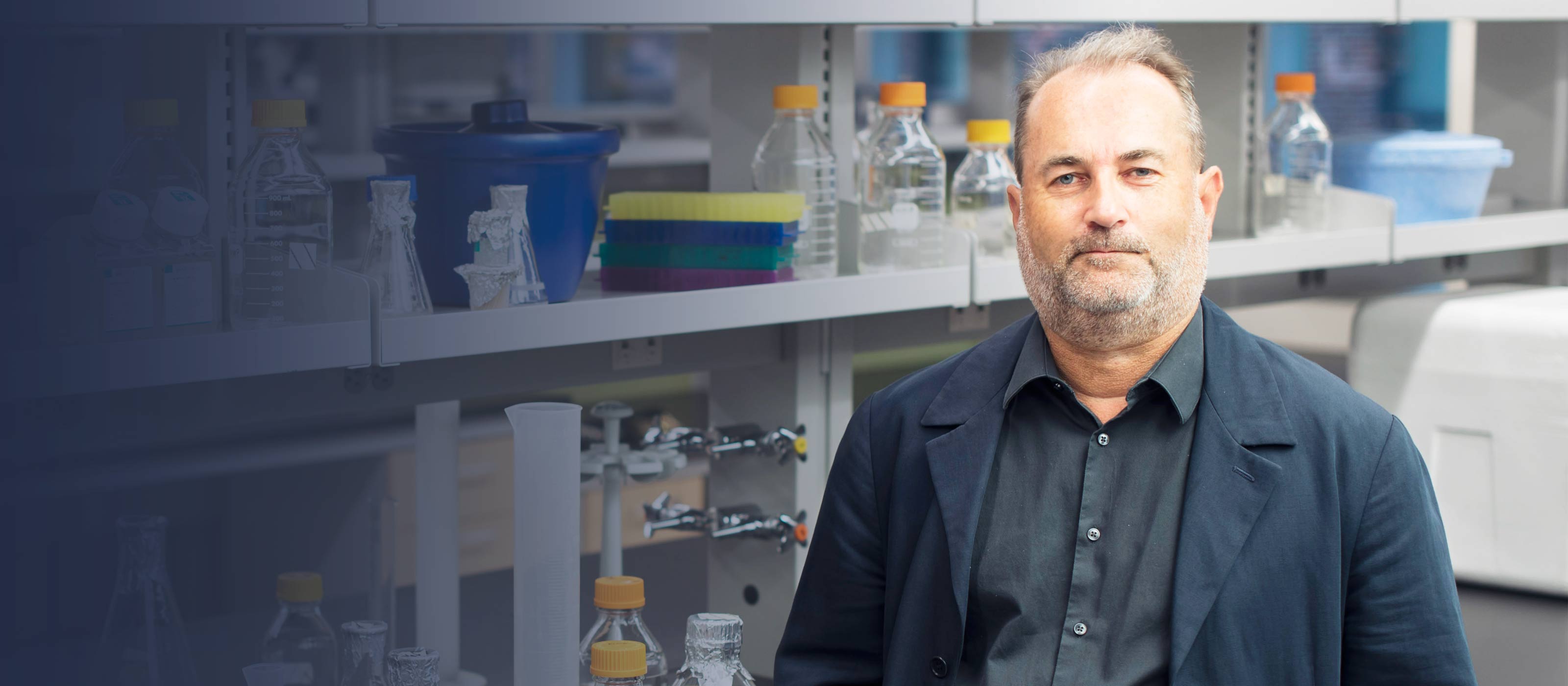Main content

Associate Professor, Department of Microbiology
My research focuses on transcriptional and post-transcriptional control of gene expression in the context of three viruses that cause disease in humans: herpes simplex virus type 1 (HSV-1), human cytomegalovirus (HCMV), and Kaposi’s sarcoma-associated herpesvirus (KSHV).
HSV-1 is most familiar as the infectious agent responsible for cold sores but it is also a leading cause of blindness and other debilitating diseases. More than 70% of the US population will establish a life-long latent infection with HSV-1 and be at risk for disease when the latent virus reactivates. HSV-1 latency is limited to neurons in the peripheral nervous system and we are working to understanding how neuronal factors control HSV-1 and thereby maintain latency. Fortunately this can be effectively modeled by infecting neurons cultured in the laboratory.
My interest in HSV-1 began almost 25 years ago as a Damon Runyon-Walter Winchell postdoctoral fellow with Winship Herr at Cold Spring Harbor Laboratory. These studies culminated in the biochemical purification and molecular cloning of HCF-1, a component of host chromatin that is coopted by HSV-1 to control viral gene expression. These studies have continued at NYU and in collaboration with the laboratories of colleagues Ian Mohr (Microbiology) and Moses Chao (Skirball Institute Molecular Neurobiology Program) we recently discovered a unique two-step transcription program used by HSV-1 to escape from latency in response to stress signals. Critical antiviral defenses such as interferon, act by selectively blocking the first step in this program (termed Phase I), keeping the virus latent without irrevocably harming the host neuron. Our findings indicate that Phase I is used to produce viral factors needed to replicate the virus in Phase II and to simultaneously antagonize the antiviral defenses triggered by interferon. Rapid initiation of Phase I creates a window of opportunity for the virus to escape host control, replicate and spread to uninfected cells. Current projects aim to (a) understand the mechanisms initiate Phase I, (b) identify host epigenetic factors that suppress viral gene expression to maintain latency and (c) characterize viral factors that push the two-step program forward into Phase II, which culminates in synthesis and spread of new infectious virus.
We are also collaborating with Dimitris Placantonakis (Neurosurgery) to develop new infection models that better recapitulate HSV-1 pathogenesis in humans allowing us to explore innovative strategies to control and ultimately eliminate the virus.
212-263-0206
550 First Avenue
2, 210
New York, NY 10016
Associate Professor, Department of Microbiology at NYU Grossman School of Medicine
Course Director, Introduction to Research
PhD from University of London
Fellowship, Cold Spring Harbor Laboratory, NY, Molecular Biology
Journal of virology. 2025 Dec 04; e0091525
Cell reports. 2025 Jun 24; 44(7):115826
Cell reports. 2025; 44(7):
mSystems. 2024 Jul 23; 9(7):e0050524
Journal of virology. 2024 Apr 16; 98(4):e0185823
Journal of virology. 2023 Jul 27; 97(7):e0195722
PLoS pathogens. 2022 09; 18(9):e1010797
Journal of virology. 2022 Jun 22; 96(12):e0050822